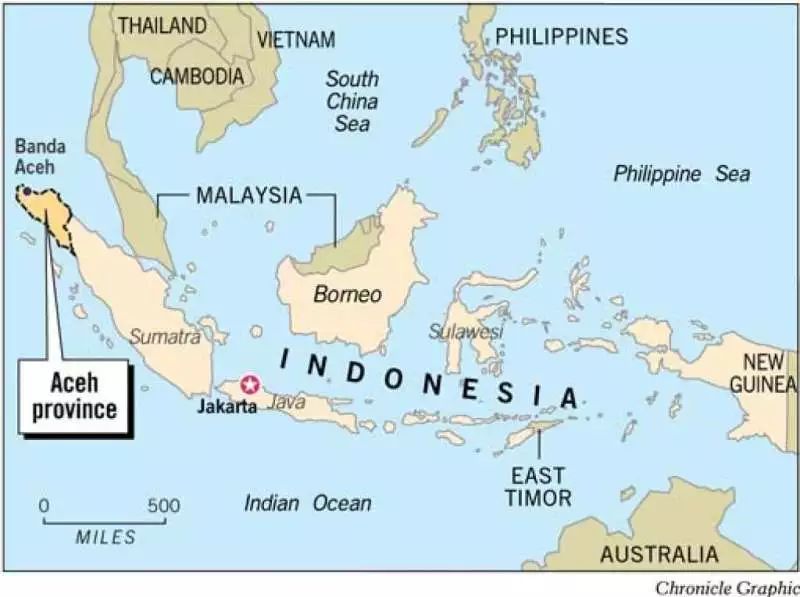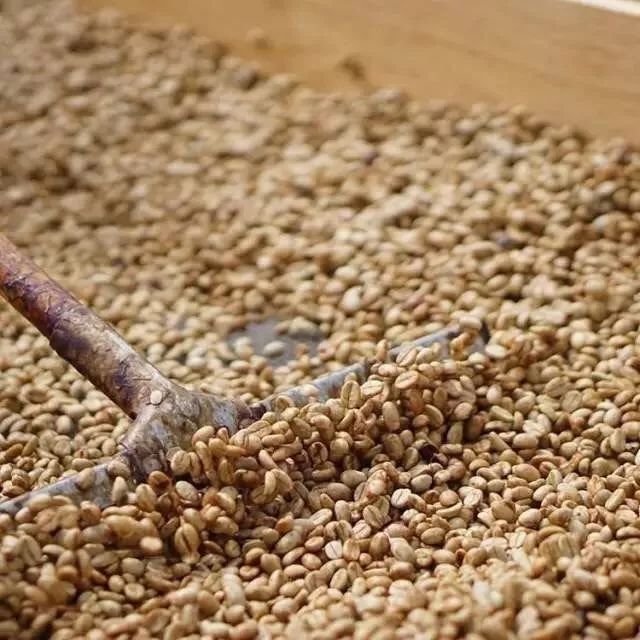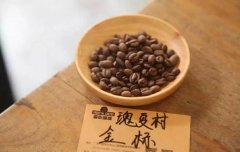Indonesian tiger Mantenin
Indonesia is an archipelago country, the main producing areas are located in Sumatra, Java and Sulawesi. The northern part of Sumatra is relatively high above sea level. Aceh, where Lake Tawa is located, and North Sumatra, where Lake Toba is located, are the main Arabica coffee producing areas. Lake Tawa is located in the Gayo Mountains in the north of Aceh province in Sumatra, across Indonesia on both sides of the equator, the humid tropical rain forest climate is rich in rainfall, and the fertile volcanic soil brings rich nutrients to coffee; however, due to the remote and inconvenient transportation, it was not until 1924 that coffee was grown, mostly with traditional shade and no pesticides.

Coffee is the second largest cash export crop in Aceh. It is estimated that there are about 60000 small-scale coffee farmers, each owning about 1-2 hectares of coffee planting land. Indonesia's traditional way of coffee trade is multi-point supply, starting from farmers, through multi-layer middlemen, slowly accumulate a large number of export goods. In the Indonesian coffee trading system, direct trade in which a single window receives goods from farmers and then arranges for export is quite rare in Indonesia.
02 | handling method
Wet planing, also known as wet shelling Wet Hulling, also known as Giling Basah in the local language, is a traditional Indonesian coffee treatment. Judging from the name alone, the wet planing method is very similar to the wet treatment (water washing treatment). However, the cup flavor of the two treatments is very different. The coffee treated by the wet planing method is usually mellow and strong, and the personality is very distinct.

Steps of wet planing treatment
① removes peel and pulp and retains parchment and mucous membrane.
② tank fermentation
③ washing off mucous membrane
④ with parchment is sun-dried for 2-3 days to 20-24% moisture content.
⑤ scraped off the parchment
⑥ dries raw beans to 12-13% moisture content.
⑦, prepare for exit.
Why do you use wet planing?
a. Climatic reasons
The tradition of using wet planing in Indonesia starts with the local weather. Humidity in Indonesia is between 70 and 90 percent all year round, typhoons continue, and in some areas, annual rainfall can reach as much as 2000mm. You know, raw beans are most afraid of Rain Water. How did Indonesia overcome such bad weather conditions to produce rich and mellow Mantenin coffee? That is to rely on wet planing.
In tropical climates, coffee takes an average of 2-3 weeks to dry. In such a humid climate in Indonesia, dry coffee has become a big problem. Coffee must take longer to dry, during which time the coffee still maintains a high humidity, making it easier for bacteria to soak into raw coffee beans.
In the process of ordinary washing, the drying process is carried out with parchment to protect raw beans from external damage to a certain extent. However, we can note that the wet planing removes the parchment for the final step of drying, so that the sun shines directly on the surface of the raw beans, causing the coffee beans to dry quickly, 2-3 times faster than washing.
The breeds of Indonesian tiger Mantenin are Kaddura, iron pickup and Sidikalong.
Kaddura tastes sour with lemon or citrus taste and is not as sweet as iron pickup and bourbon in terms of sweetness, because Kaddura's sweetness depends on the number and dose of fertilizer applied by growers, and has high production capacity, but continuous fertilization and pruning are necessary to maintain production capacity, so the trees are short and branched. Although production capacity has increased, production is still limited because of the two-year harvest period and the high cost of care.
Iron pickup is the closest variety to the original species. The bean shape is slightly longer, like an elongated egg, known as Arabigo or criollo in Central America. There is a clean citric acid taste, sweet aftertaste, low resistance to leaf rust, making it not easy to take care of, low seed setting, coupled with a long harvest period (harvest every two years), the yield is not much.
Important Notice :
前街咖啡 FrontStreet Coffee has moved to new addredd:
FrontStreet Coffee Address: 315,Donghua East Road,GuangZhou
Tel:020 38364473
- Prev

The origin of Ethiopian coffee
The secret of Ethiopian coffee beans: coffee was not originally called coffee. In Ethiopia, there is a province called Kafa province, which produces a kind of plant fruit, which has mellow, sweet, fruity, sour and bitter flavors, and has a refreshing and calming effect after eating. European colonists brought the plant to Europe when they plundered the African continent. At the same time, the Arab countries
- Next

Rosy summer, the new pet of coffee trend?
Rose summer is a popular variety that has become popular in the coffee industry over the past few years. Many contestants participating in the World Barista Competition and other competitions have used the Rosa seed to participate in the competition, and many people have achieved good results as a result. In particular, in the 16-year World Barista Competition, four of the six finalists, including the champion berg wu of Taiwan, chose rose summer coffee.
Related
- Customers have "changed" Manner's new products! Shop assistant: Please don't mess around!
- Remove sockets in customer areas at Starbucks stores?! Netizen: I won't go if I really tear it down
- What is the difference between the taste steps of sun-dried coffee and washed coffee? Why is sun-cured coffee sweeter and washed coffee sour?
- The recipe for salty grapefruit dirty is revealed! Coffee Festival salty grapefruit dirty coffee making materials parameters ratio milk share!
- How about the flavor of Sunlight 74158 at Sidamo Banshaha Mathieu Processing Factory in Ethiopia? 74158 Share the proportion of coffee brewing parameters!
- What effect does Italian American coffee with filter paper have? Will coffee taste better if it is put on filter paper at the bottom of the powder bowl?
- What is the color difference in coffee beans? What are the characteristics of honey processed coffee beans? Why are the anaerobically treated coffee beans uneven in color?
- How does novice Xiaobai quickly get started and make coffee? Newbies learn to make coffee by hand and share the specific steps and process process!
- Costa tea has a shelf life of 100 years?! Expert: Unable to verify
- It's a huge uproar! American milk addition was rejected by Manner employees?!

